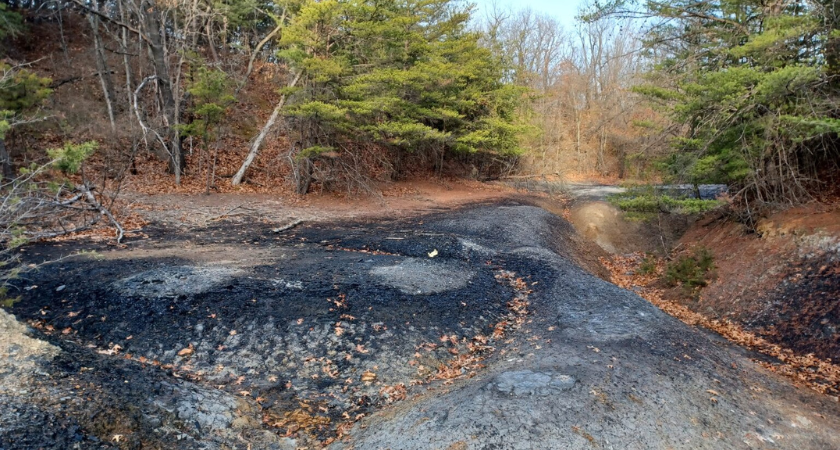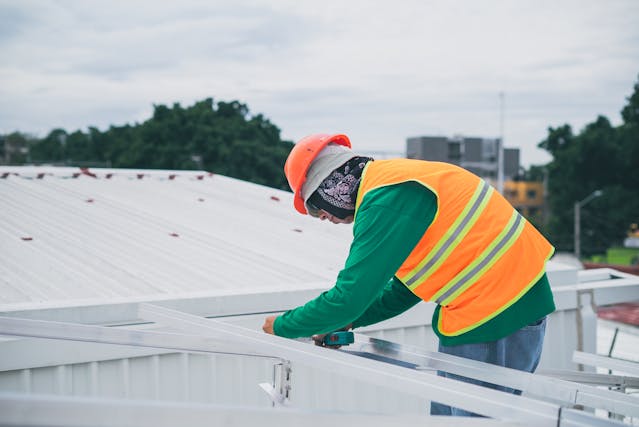
The Iowa Department of Agriculture and Land Stewardship (IDALS) has officially launched construction on eight new abandoned mine land reclamation projects in southeast Iowa — a continuation of the state’s decades-long effort to restore land left damaged by historic coal mining.
.jpg)
Before federal laws were put in place in 1977, coal mining operations across the country — including those in Iowa — were able to walk away from sites without stabilizing the land or addressing potential hazards. As a result, thousands of acres were left with acidic soils, unstable embankments, eroding pits and dangerous highwalls, rendering the land unsuitable for agriculture, wildlife, or recreation.
Thanks to consistent federal support through the U.S. Department of the Interior, IDALS has already reclaimed more than 120 abandoned coal mine sites statewide, with work currently underway or being designed at 22 additional locations.
Iowa’s reclamation program is now recognized nationally as one of the most forward-thinking conservation models in the country. Iowa Secretary of Agriculture Mike Naig credited this success to cross-sector coordination, saying the work reflects Iowa’s “ongoing investment in conservation.”
He emphasized the visible impact of these efforts, noting that reclamation sites are transforming damaged landscapes into thriving, usable land. “The reclamation sites are a ‘visible sign of progress, producing cleaner water, healthier soil, and safer land for future generations.’”

Beyond safety and environmental restoration, Naig highlighted the broader benefits to rural communities: “These AML (abandoned mine land) projects reduce hazards, improve wildlife habitat and create new opportunities for agriculture, conservation and recreation in Iowa.”
The eight newly launched projects represent more than $5 million in total investment and are expected to be completed by the end of 2026, according to IDALS.
Each site presents unique challenges and will require tailored engineering solutions. One of the sites spans just three acres, while the largest stretches 99 acres and will involve moving more than 884,000 cubic yards of earthwork — a massive reshaping effort akin to large-scale highway grading or quarry operations.
The projects are located across Marion, Van Buren, and Wapello counties, including portions of the Pella Wildlife Area, where formerly mined land is being restored for public use and ecological health.
Once completed, the restored sites are expected to support native vegetation, wildlife corridors, improved drainage, and in some areas, public access for recreation or agricultural use.
IDALS officials say the goal is not just cleanup — but revitalization, turning liabilities into long-term community assets.
Originally reported by Cami Koons in Iowa Capital Dispatch.